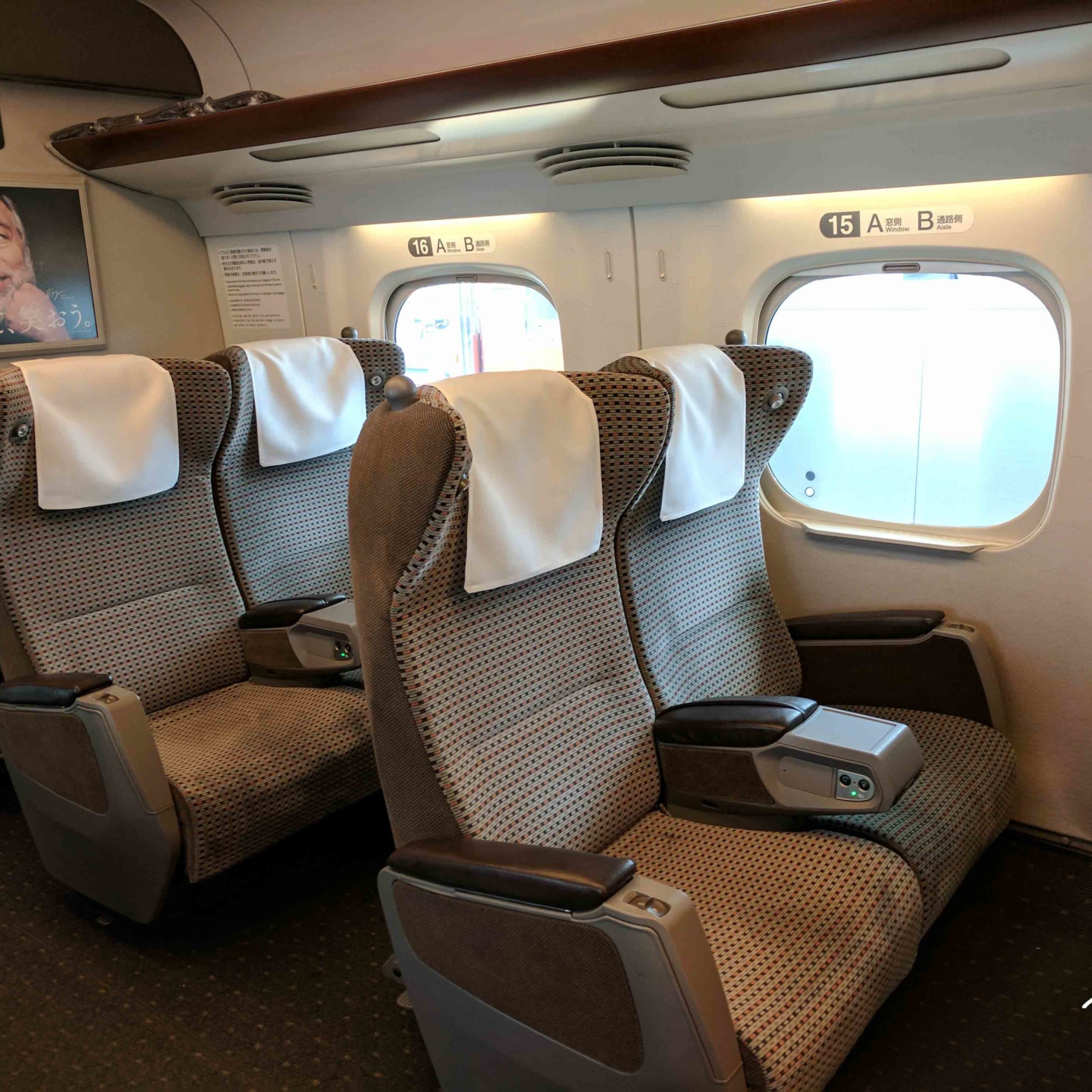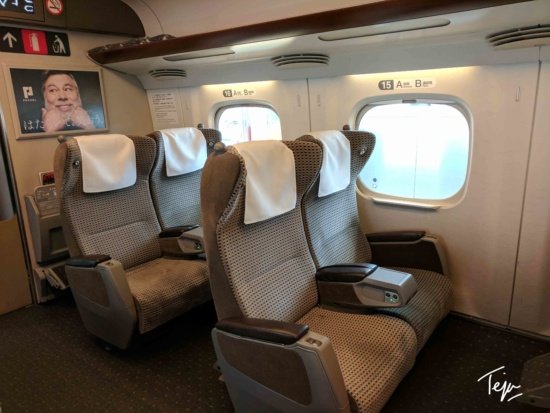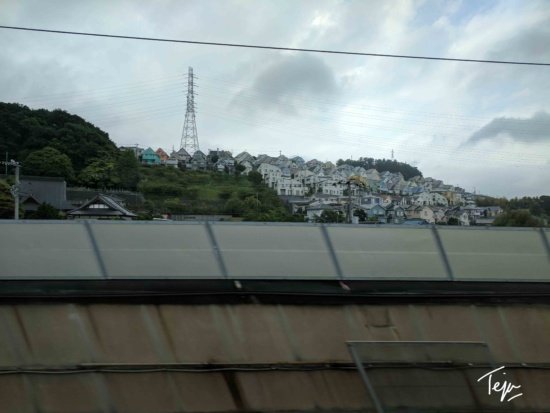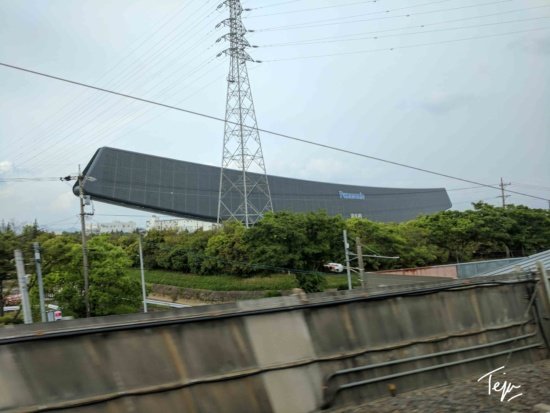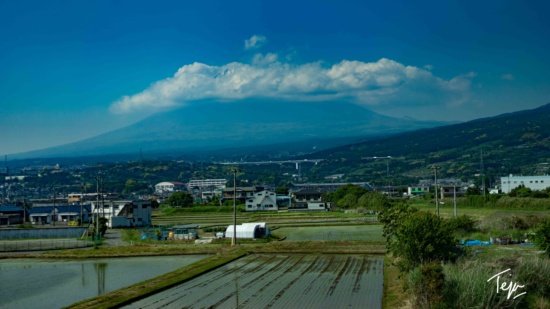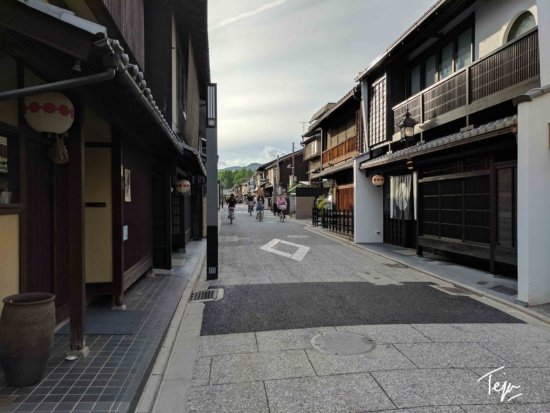After a couple of days in Tokyo, we headed to Kyoto to get a more traditional and touristy taste of Japan. There are three trains from Tokyo to Kyoto on Shinkansen Tokaido line: the Nozomi, Hikari, and Kodoma. The journey time ranges from 2h20m to 4h based on which of the three trains you take. We got on the Hikari line, which is the fastest train we were eligible to get on with the JR Rail Pass. This train takes 2h40m to travel between the two cities, which is 20 minutes slower than the Nozomi, but a good compromise for not paying exorbitant rates for the Nozomi.
The JR Rail Pass is a great value in Japan because it costs the same as a regular roundtrip booked on of these trains between Tokyo and Kyoto and includes unlimited travel on other trains as well. The pass needs to be activated at the departure station, on the day you would like start using the passes. I got mine activated at Tokyo Station, right before I got on to the Hikari train to Kyoto. The office is located right at the entrance to Tokyo Station (to the left of the scene below) and they are happy to reserve seats for you on the trains for no fee.
At the time of my buying the JR Rail Pass there was some kind of promotion going on for first class, which made it only $60 more expensive than the standard class pass. May is an extremely busy time in Japan, making seats in standard class hard to find, so I decided that I might as well splurge and get the quieter, more spacious car. I think it ended up being a good decision because I saw several tourists activating the standard rail pass, not being able to get on the train they wanted. Do note that there are trains every 30 minutes so I have no idea how long they waited.
Our rail car was empty and looked strikingly similar to a more spacious version of a domestic first class airline cabin.
The seats themselves had generous recline for a train (40 degrees) and were quite comfortable. The luggage racks above the seats were a bit narrow compared to the ones we were used to seeing in parts of Europe and there was no place to store the luggage near the entrance we came through. My mom ended up being a little worried that our luggage would fall off as soon as the train started moving, but that never happened.
The train left Tokyo Station at exactly the scheduled time, and we were on our way to Kyoto with an entire train car to ourselves. It was cloudy in most parts of the Tokyo area during our visit so the scenery didn’t involve Mt. Fuji like I had hoped. However we did get to see a lot of farms, towns cities, and rice fields along the way.
There was also this futuristic Panasonic arc solar panel, which I thought was interesting and iconic. I’m assuming it is a solar power plant, but I could be wrong.
We saw Mt. Fuji on our return journey, on the left hand side of the train (when facing Tokyo). I wish I could’ve gotten one of those iconic shots of the bullet train and Mt. Fuji, but that was not meant to be on this trip.
About 30 minutes after departure, the crew came around and offered hot towels as well as a beverage (cold or hot). Unfortunately they didn’t have any Coke products on board so I just passed on this service. I didn’t really find the need for even this service on our 2h40m ride to Kyoto, but I guess First Class has to be differentiated somehow.
As expected, the train arrived in Kyoto on time and we were off to our AirBnB in a matter of minutes (taxi line moved extremely fast).
Bottom Line:
The famed Shinkansen bullet trains are everything you would expect of Japanese public transportation: clean, fast, efficient, and comfortable. Cheap is not the word I would associate with these trains in any way or fashion. First class cabins on our specific train rides were fairly empty, while standard class cabins were completely packed, with every seat being taken. Our trip coincided with summer holidays in Japan so that was probably why the trains were so busy. In other times of the year, I don’t see any reason for anyone to go for first class given that the seat and service really aren’t that much better. There are also no lounges for first class passengers, which is often a feature in German and Spanish rail systems.
While I believe that Renfe (Spain) and Trenitalia both have snazzier looking cabins, I believe that the Shinkansen trains were the cleanest and most comfortable of the trains I’ve ridden on. Coupled with a JR Rail Pass, there is no reason for anyone to be looking for transportation other than a train between the major cities in Japan.
Japan Trip Report Index:
United Business Class DFW – IAH
United Polaris Houston – Tokyo (Narita)
Narita Express (Narita – Tokyo Station)
Focal Point: Tokyo in the Rain
Focal Point: The Secret Alleys of Tokyo
A Tourist’s View of Tokyo: Sunday in Asakusa
JR Rail Review: Shinkansen Hikari First Class (Tokyo – Kyoto)


